Yosemite’s glowing firefall lasts a few weeks. Here’s the best time to go
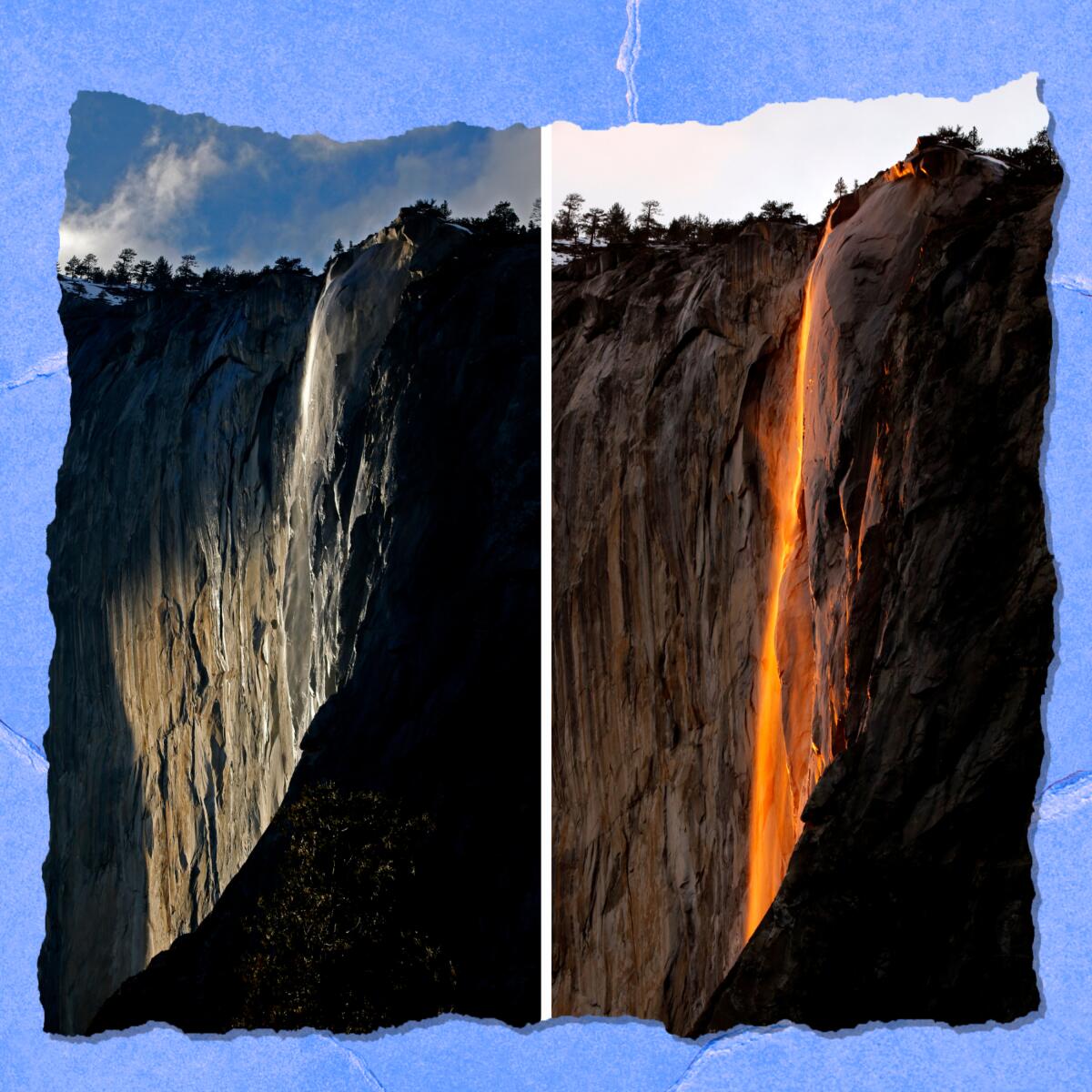
- Share via
It’s the time of year when thousands flock to Yosemite National Park to see a phenomenon known as “the firefall.” It’s a bit of a misnomer (read on), but that doesn’t diminish anyone’s desire to witness the fleeting ribbon of light that lasts just a few minutes for a few weeks in mid-February. Here’s what you need to know about the 2022 firefall.
What is the firefall?
The natural phenomenon occurs when the waning sunlight of mid-February days strikes Horsetail Fall on El Capitan at just the right angle to create a streak of orange resembling a lava flow. “Just before and after sunset, it’s glowing like it’s on fire,” a Yosemite ranger once told me.
What are the best times to go this year?
The window for seeing the natural firefall started Feb. 10 and lasts through Feb. 28, according to the park. Photographer Aaron Meyers estimates optimal viewing times and dates every year. His forecast for the best chance of seeing the glow this year is between 5:27 and 5:35 p.m. on Feb. 21.
I just show up and I’ll see the firefall?
It’s not a slam-dunk. Certain factors can be a real buzzkill. For starters, there needs to be water flowing in the waterfall. Also, you need a clear night when clouds or fog don’t block the light, according to Meyers. It’s all about being in the right place at the right time. If you’re minutes late because you couldn’t find a parking spot, you may have missed the show.
Do I need a permit or a reservation to see firefall?
No. You do need to pay the park’s $30 entry fee (good for seven days). However, parking and traffic restrictions are in effect from noon to 7 p.m. during firefall season. That’s because so many people are trying to get to popular viewing areas, like the El Capitan Picnic Area or the Yosemite Falls parking lot. Study the park’s traffic restrictions and tips before you go and make a plan.
What should I bring?
Let’s start with a good camera, a cable release and a sturdy tripod. If you want to stake out a good viewing area, plan to stash your gear in a backpack in case you need to walk a few miles from your parking spot. Go early to scout a spot (folks start lining up as early as noon), and take test photos to make sure your camera is working properly. Bring a flashlight or headlamp so you can see where you are walking. Expect temperatures to be cold. Dress warmly, with layers of clothing, including an outer layer of fleece or puffy down jacket, warm hat and gloves. Make sure you have enough water and snacks to be out for awhile.
Why is it called firefall?
The term refers to a man-made “firefall” that was a Yosemite hotel tradition that started in 1872. As the story goes, James McCauley, who owned the Glacier Point Mountain House Hotel, built a campfire and kicked the hot embers over the edge — creating a blazing spectacle as the fiery bits descended to the valley 3,200 feet below. People loved the effect. A second hotel owner later continued the tradition to the oohs and aahs of visitors. Yosemite put an end to this in 1968. The name was revived for the natural glow after the late National Geographic photographer Galen Rowell first snapped the startling image of the light phenomenon in 1973.
4 things to do this week
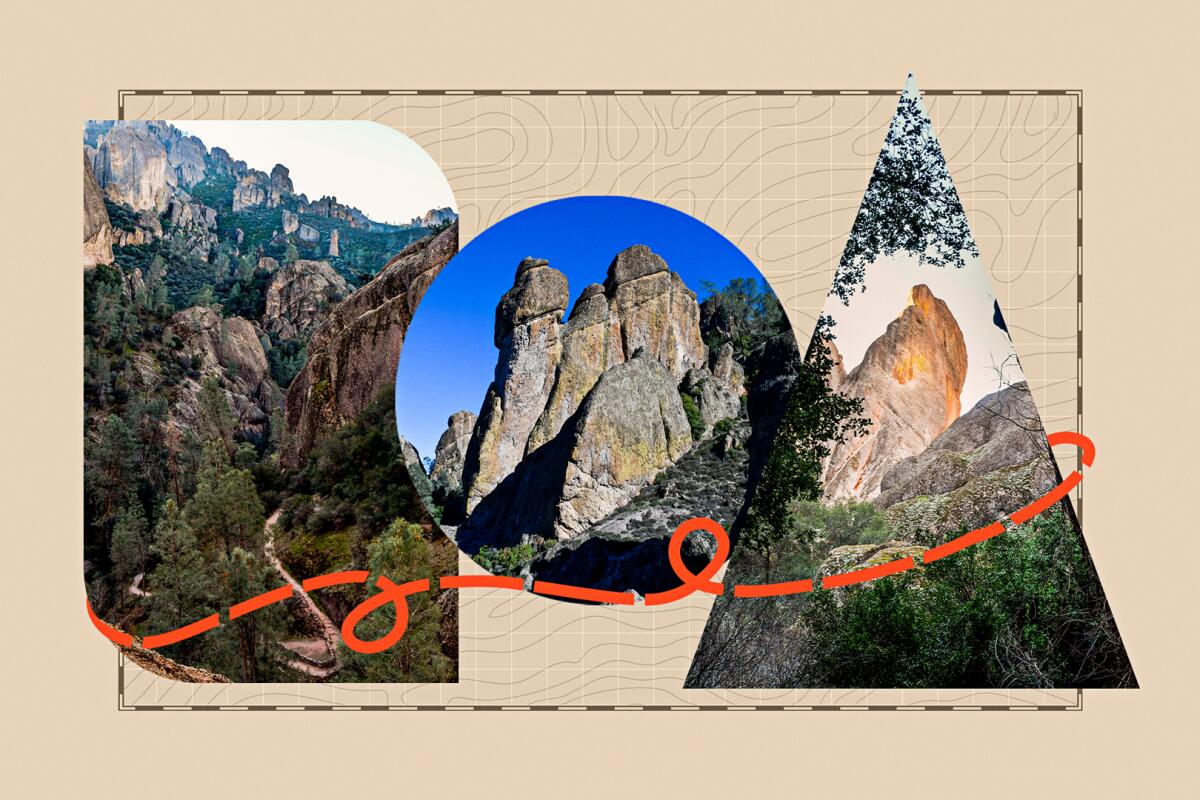
1. Visit California’s newest national park this winter or spring. If you love hiking in triple-digit heat, stop reading right now. The rest of you, keep going. There are places in California that demand our attention in winter and spring, and Pinnacles National Park, the newest national park in the state, is one of them. L.A. Times staff writer Christopher Reynolds went to explore the 41.5-square-mile park near Soledad and answer your questions about how best to visit. “This strange little realm of pointy peaks, rocky caves and soaring condors is California’s youngest and smallest national park, set in a region tourists rarely see,” he wrote. “Yet lately its visitor numbers are booming.” There are some strange aspects to the park’s logistics (its east and west sides are not connected) and glorious caves where bats like to mate. You can expect temperatures in the 90s in July and August, which makes this a nice off-season destination. Read the story about why Pinnacles has become a magnet for outdoors lovers.

2. Start on your native plant garden. Here’s a plant sale to get you started. The best time to plant California natives is late fall, winter and early spring. It’s best to start with a gallon-size or smaller plant, according to the California Native Plant Society. Where to find native seeds and plants? The Theodore Payne Foundation in Sun Valley is a good resource. Its Winter Plant Sale takes 10% off native plants, seeds, bulbs and more now through Saturday. You can grow them in pots, too, if you’re short on yard space. If you need more help, check out these tips on planting California natives.
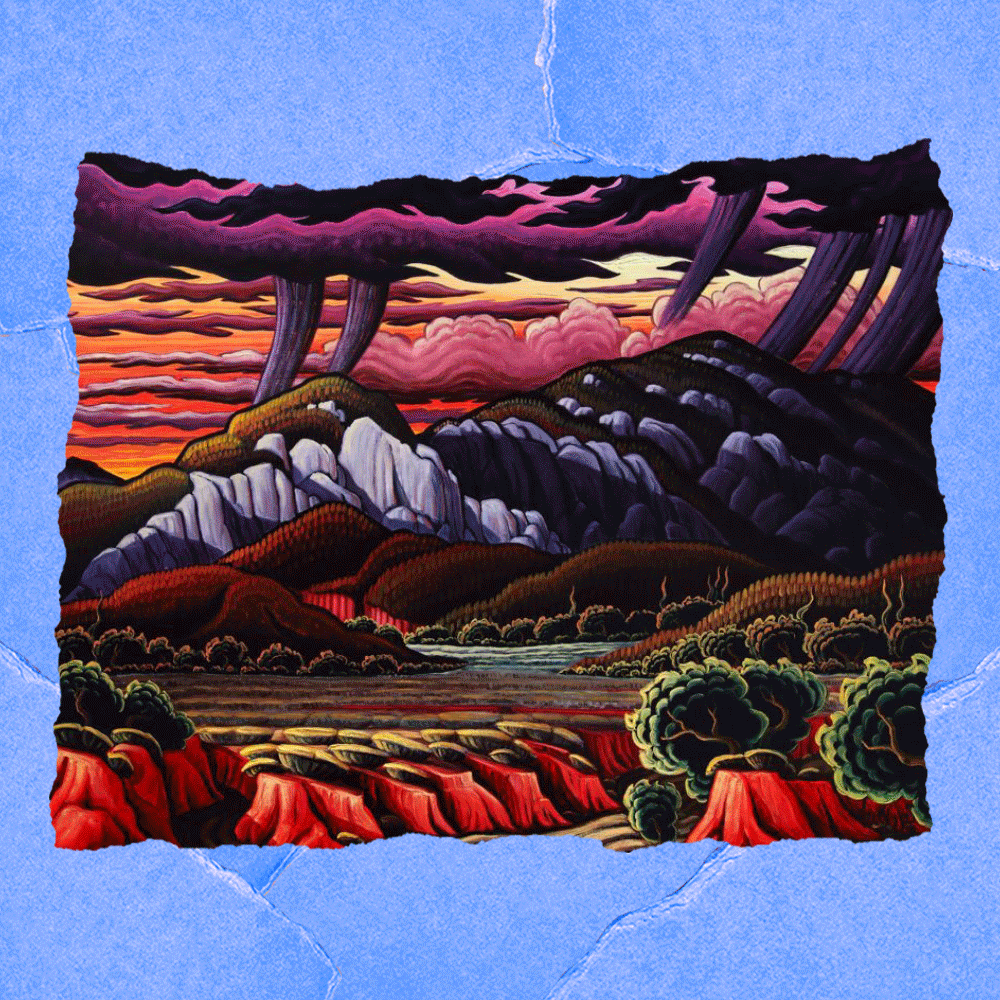
3. See how contemporary artists interpret the American West in a new L.A. exhibition. The Autry Museum of the American West in Griffith Park fosters a cultural and artistic perspective of places we love in the wild. The 25th “Masters of the American West” show through March 27 features works by more than 60 contemporary artists and sculptors — all for sale (yes, it’s a fundraiser for the museum). I love the annual show because it allows me to see how new artists are interpreting those stories. A statement from the museum said the show continued “the time-honored artistic traditions borne of the era of expansion, including storytelling and the representation of the West’s many cultures and histories.” You can preview the artists and their work on the museum’s website.
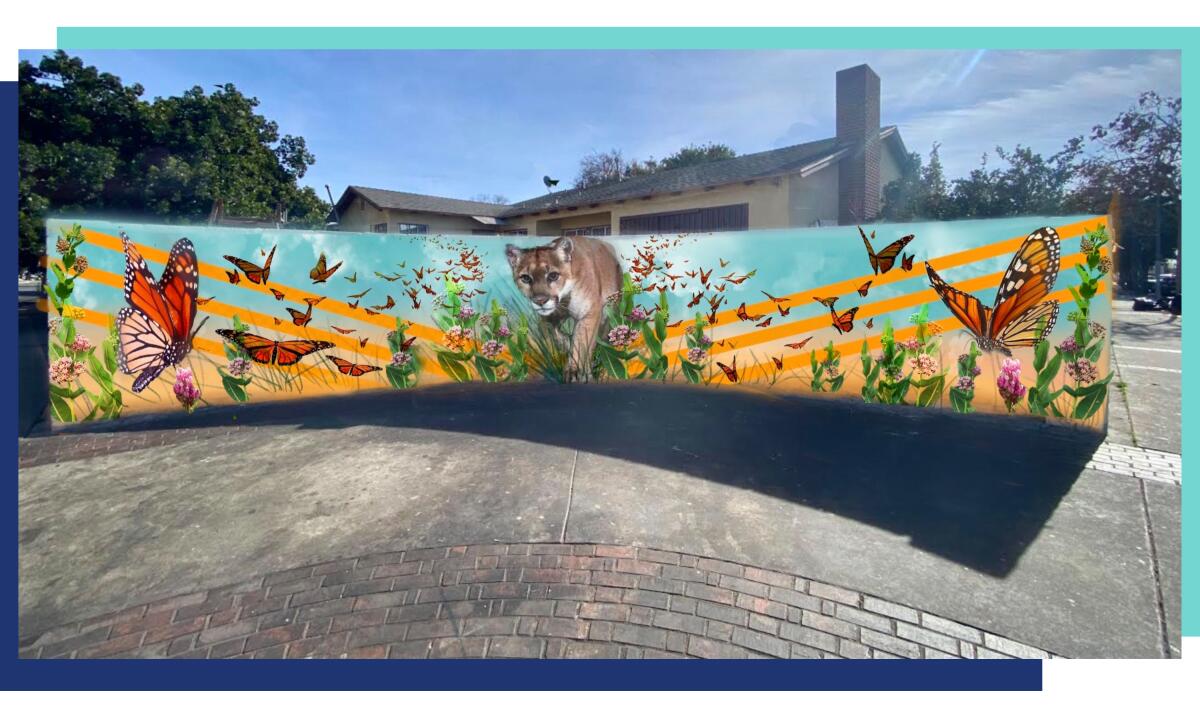
4. Learn the history of P-22’s decade in Griffith Park. The London-based Guardian newspaper recently dubbed P-22 “the Brad Pitt of mountain lions.” L.A.’s most famous mountain lion just notched a decade in the limelight simply for living inside an urban park, specifically Griffith Park. With a famous glamour shot (thanks, Steve Winter, for creating P-22’s iconic image with the Hollywood sign in the background) and a Hollywood Hills address, the lion became, and continues to be, an L.A. star. Like all Hollywood success stories, there have been low points (like the time he was sick after being poisoned by rodenticides) and high points, like the time the L.A. City Council declared Oct. 22 to forever be P-22 Day. Read the fascinating history of P-22 at Friends of Griffith Park.
Crypto for nature lovers?
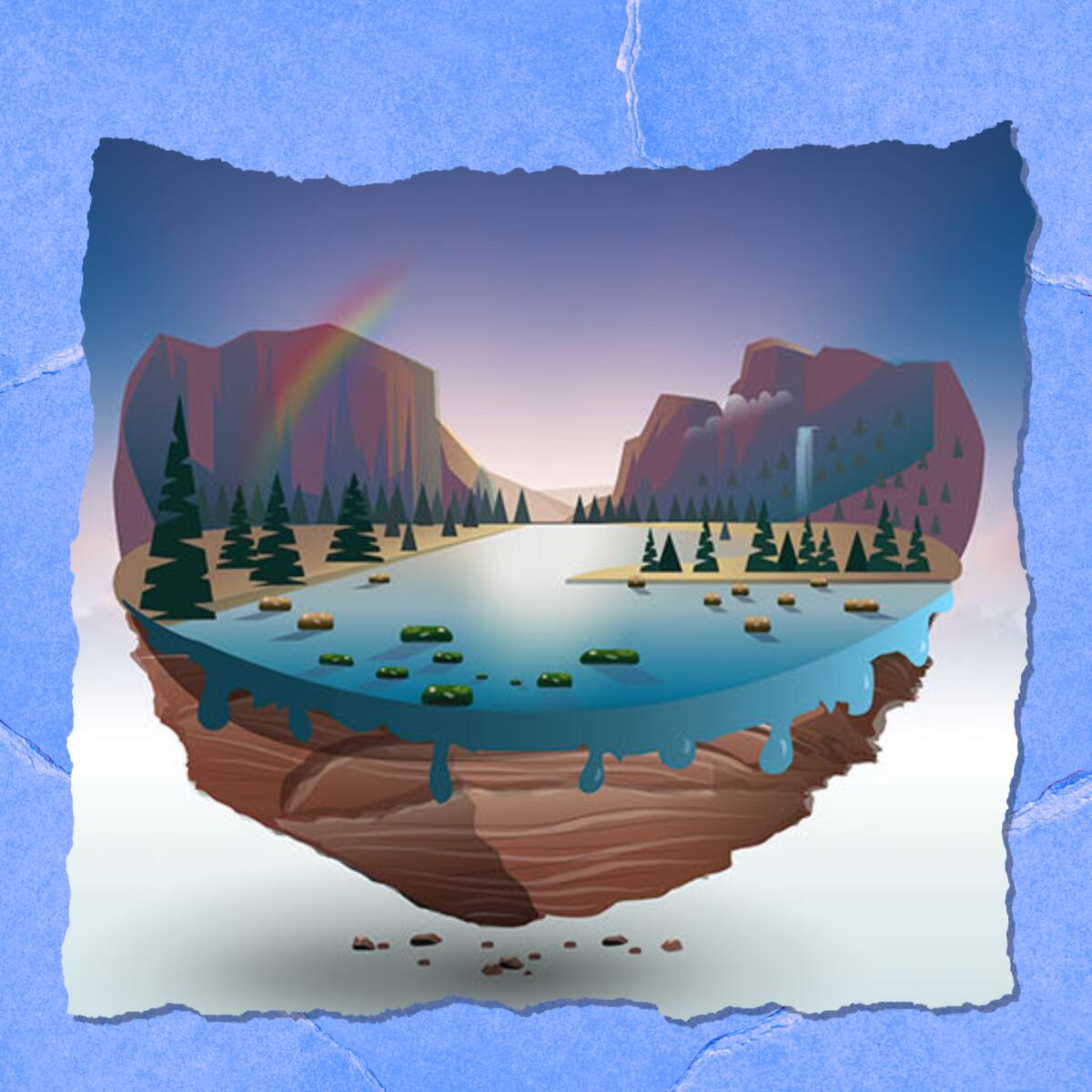
If you don’t understand nonfungible tokens (or NFTs), I’m not going to explain, except to say the crypto-investment option has billowed into a $40-billion market, according to Backpacker magazine. Will nature lovers bite on the crypto craze? National Parks NFTs launched in January, with the notion that “tokens will function as a ‘membership card to a club for outdoor enthusiasts,’” National Parks NFTs creator and photographer Mick Gow told Backpacker. The problem: Crypto transactions use an outsize amount of electricity. The park NFTs rely on Ethereum — “responsible for about 2 times the emissions of a standard coal plant,” as Backpacker notes. Outdoors-minded folks may find this less than appealing. (Gow said he planned to donate a portion of proceeds to the National Parks Foundation and shift to a carbon-neutral blockchain in the future.) In the meantime, NFT park prices so far aren’t eye-popping. No. 2080 sold for $2,631 a few weeks ago, according to NFT Stats.
#SuperbOwlSunday
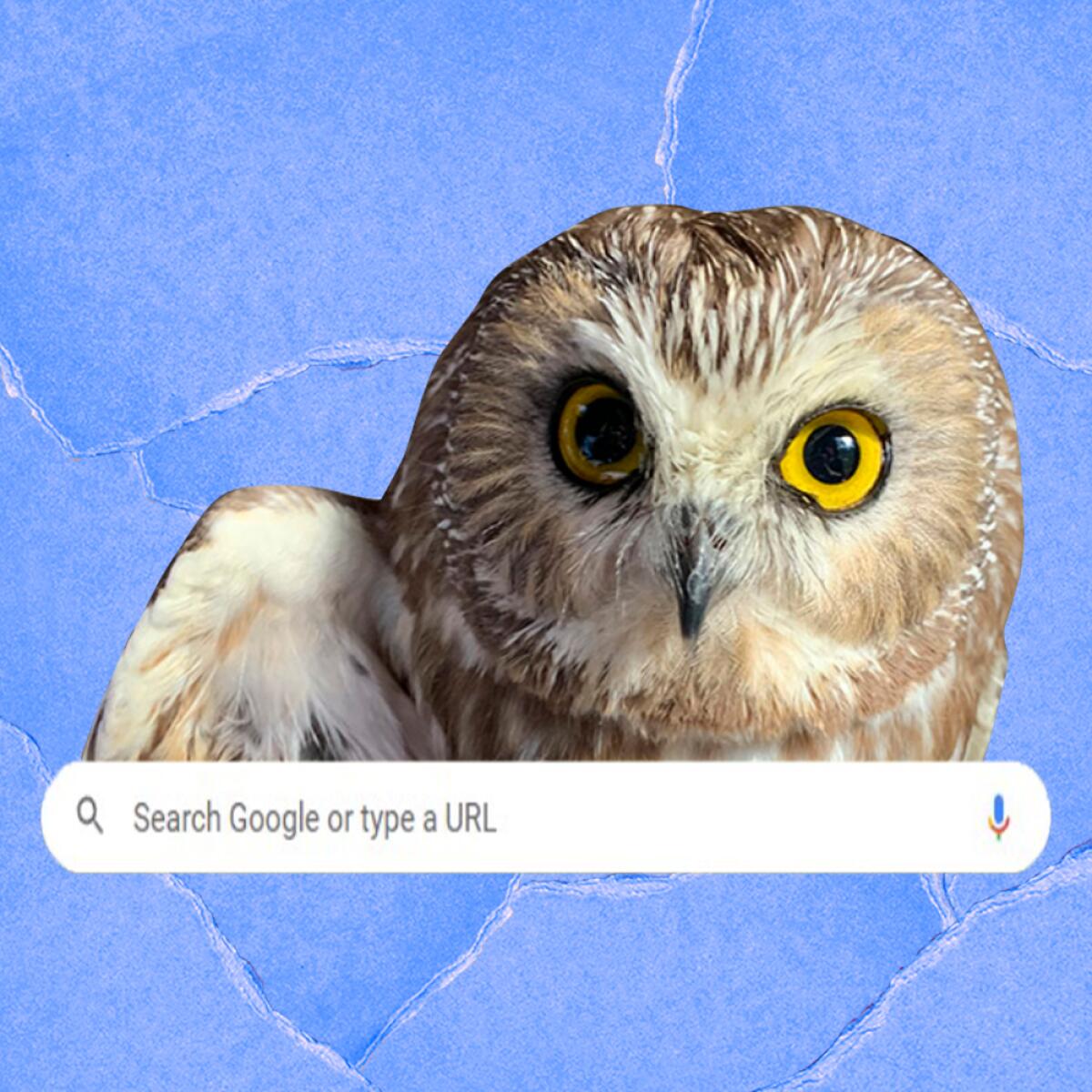
The L.A. Rams won Super Bowl LVI. Old news. What I want to know is, what was up with all those owl photos on social media during the run-up to the game? Turns out, every year at this time a common Google search misspelling of “super bowl” turns up “superb owl” — and feathers fly. This year, Google created a cartoon of an owl grasping a football with Super Bowl updates and the question: “Did you mean super bowl?” National parks on social media wrote about Superb Owl Sunday, posting this: “If inviting owls to celebrate the arrival of the ‘Superb Owl,’ be a good host. Don’t worry if your TV isn’t huge. Owls have large, fixed eyes at the front of their head. They have binocular vision and can focus both eyes at once on an object for accurate depth perception. Be careful though, although their eyes may hypnotize you with their size and color, stay alert and avoid any ‘brain scramblies.’” Before the game, Cornell Lab of Ornithology’s Instagram post said: “Tomorrow is the Super Bowl, but for owl enthusiasts everywhere, it’s really #SuperbOwlSunday.”
The must-read

While reading the 2020 book “The Splendid and the Vile” by Erik Larson, about Winston Churchill and the blitz of London during World War II, I was struck by a small detail about what happened when a bomb hit the British Museum’s botany section. The blast scattered Persian silk tree seeds brought to Britain in 1793. “They fly off, land in the rubble, and get doused by London’s fire brigade,” Robert Krulwich wrote in a 2015 National Geographic story. “Weeks later, museum workers see some sprouts growing at the bomb site — baby silk trees. They’d germinated after 150 years in a cabinet.” Another amazing seed story: Archaeologists found a 600-year-old rattle filled with canna lily seeds in a tomb in Argentina. They took the seeds out of the rattle, planted some — and yes! A lily grew. Read the piece to learn about more amazing ancient seed-blooming stories.
The red flag

California’s first water rights law went into effect in 1914. More than a hundred years later, a group of legal experts thinks it’s time to update the state’s rules “to fix long-standing weaknesses and adapt to the worsening effects of climate change,” an L.A. Times story said. “They say their proposals, if adopted by the Legislature, would help the state better manage surface water and groundwater, protect vulnerable communities and ecosystems, and improve state oversight of the water rights system.” The proposed changes take climate change into consideration in modifying rules for diverting rivers and streams. Read the full story.
P.S.
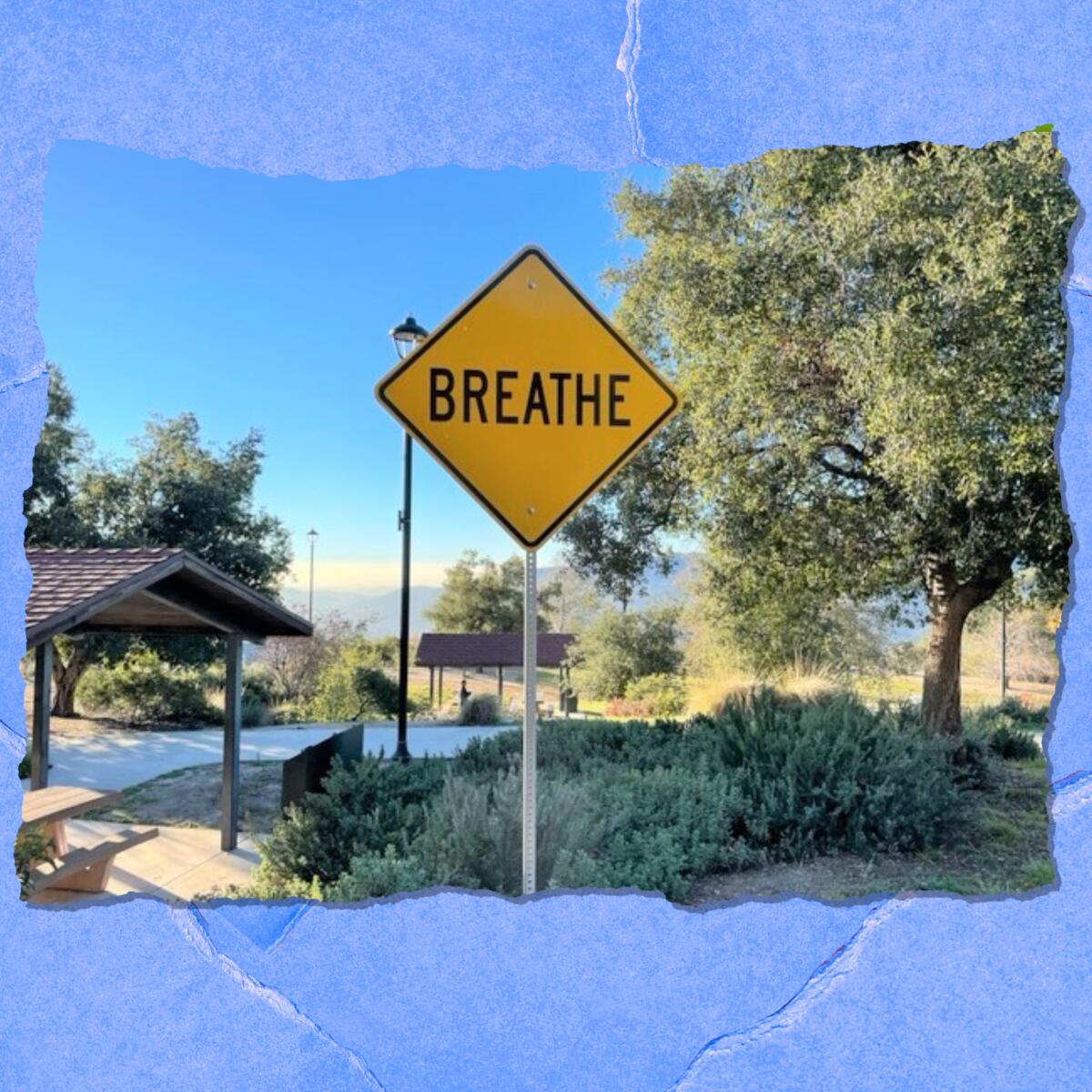
Ahh, I almost forgot to ... just ... breathe. What a great reminder of life’s most basic relaxation technique. You’ll find this sign at Deukmejian Wilderness Park in Glendale.
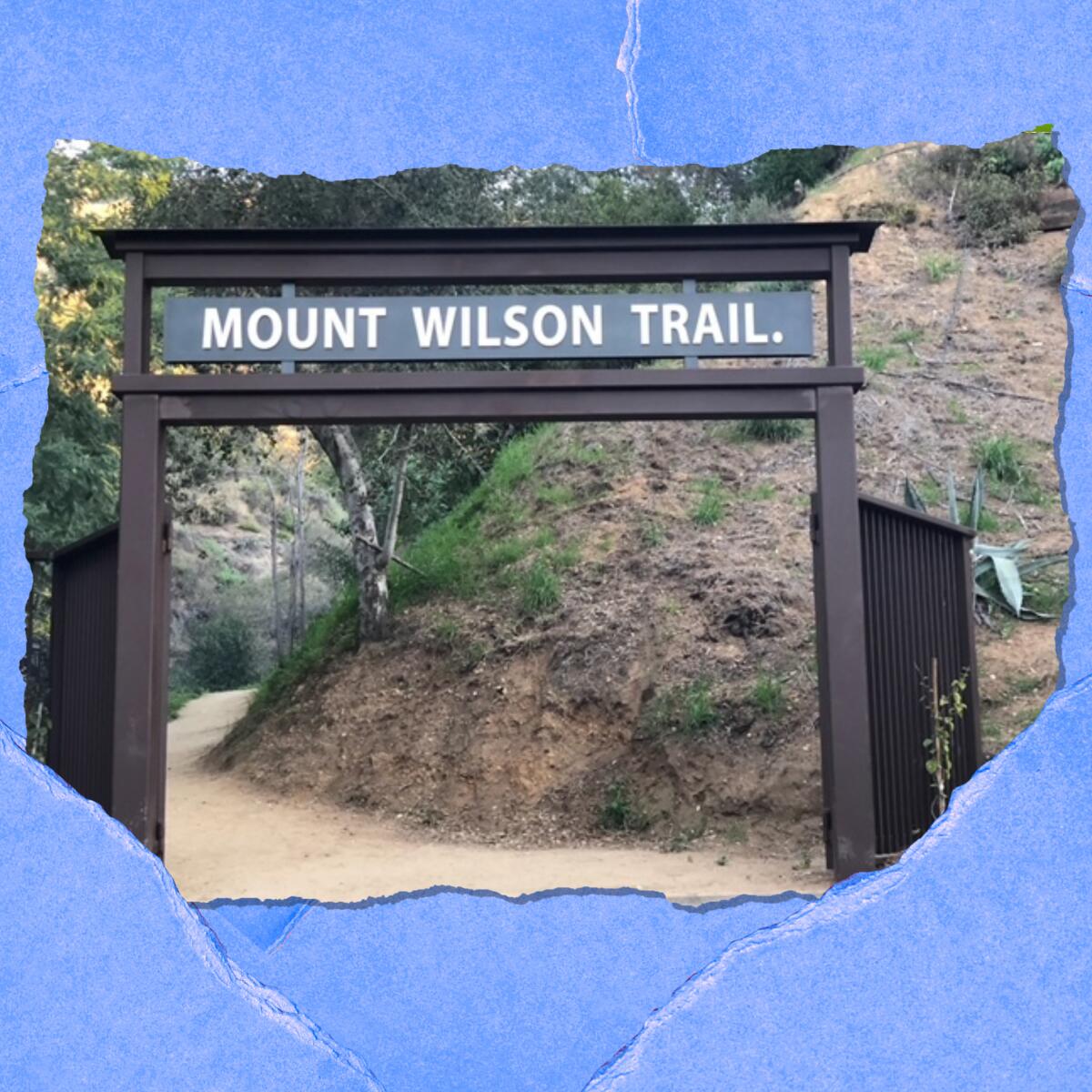
The Mt. Wilson Trail dates to 1864. It’s one of the oldest trails in the San Gabriel Mountains, taking hikers seven miles up Little Santa Anita Canyon from Sierra Madre to the famed Mt. Wilson Observatory. I love the newish gateway to this great trail — but what’s with the period?
Enjoying this newsletter? Consider subscribing to the Los Angeles Times
Your support helps us deliver the news that matters most. Become a subscriber.
Send us your thoughts
Share anything that’s on your mind. The Wild is written for you and delivered to your inbox for free. Drop us a line at [email protected].
Click to view the web version of this newsletter and share it with others, and sign up to have it sent weekly to your inbox. I’m Mary Forgione, and I write The Wild. I’ve been exploring trails and open spaces in Southern California for four decades.

Sign up for The Wild
We’ll help you find the best places to hike, bike and run, as well as the perfect silent spots for meditation and yoga.
You may occasionally receive promotional content from the Los Angeles Times.




